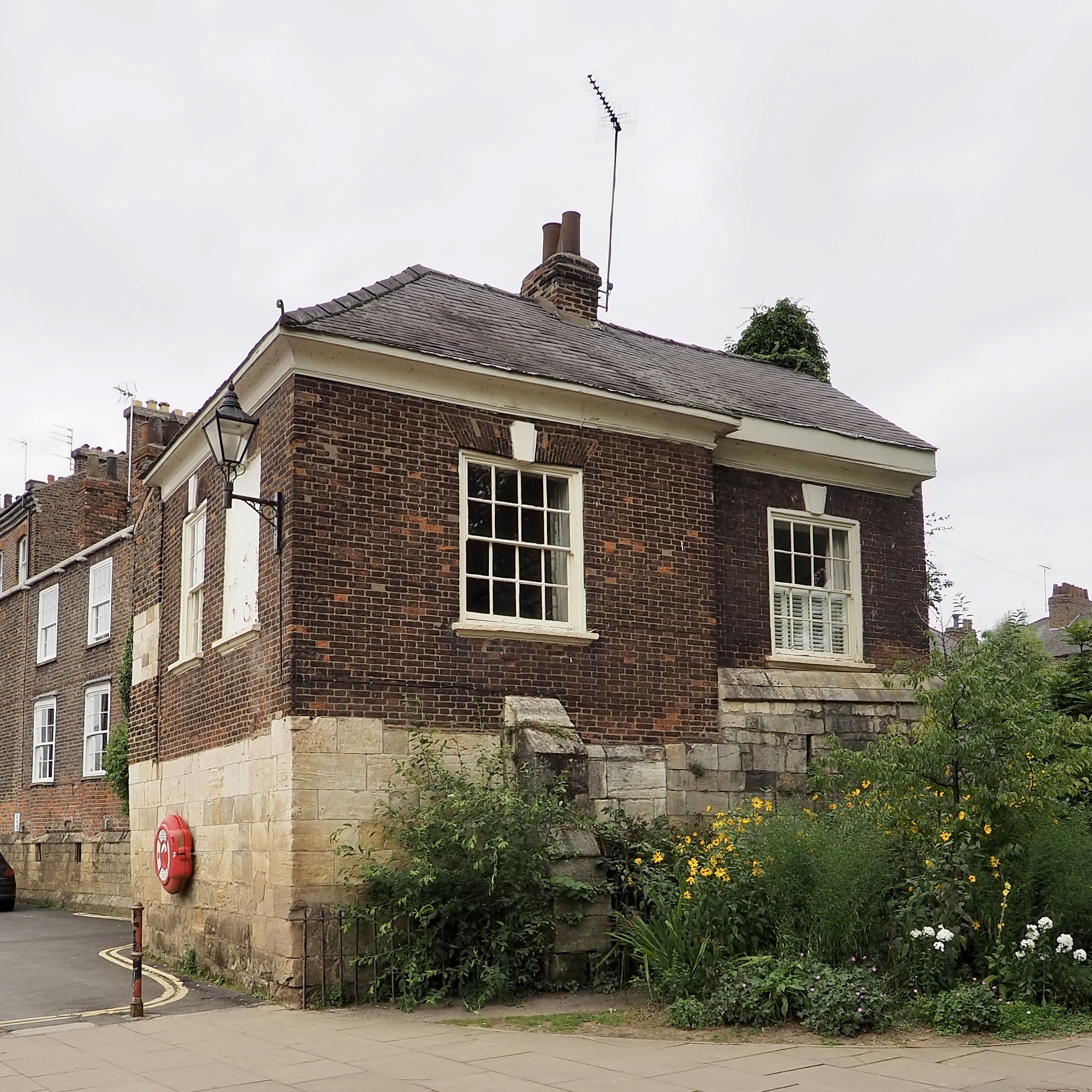Davy Tower on:
[Wikipedia]
[Google]
[Amazon]
 The Davy Tower is a feature of the
The Davy Tower is a feature of the
 The Davy Tower is a feature of the
The Davy Tower is a feature of the York city walls
York has, since Roman times, been defended by walls of one form or another. To this day, substantial portions of the walls remain, and York has more miles of intact wall than any other city in England. They are known variously as York City Wa ...
in England.
The stone tower was built around 1250, probably at the end of a wall or earthwork leading to Castlegate, around the moat of York Castle
York Castle is a fortified complex in the city of York, England. It consists of a sequence of castles, prisons, law courts and other buildings, which were built over the last nine centuries on the south side of the River Foss. The now-ruined ...
. It was first recorded in 1315, and by 1424 the part of the city inside the walls was occupied by the York Franciscan Friary. Until 1553, a chain could be strung across the River Ouse from the tower to a now-demolished tower near Skeldergate. From 1607, a public toilet adjoined the tower, on the river side, known as the "Sugar House". In 1732, it was replaced by a stone arch, the Friargate Postern.
Around 1730, the tower was altered, when a summerhouse was constructed in its southern corner: the basement in stone, and the raised ground floor in brick. It was extended in about 1830, and has since filled all but the north-west corner of the tower, which has been demolished. The building was extended again in the 20th century, incorporating a coal store and a new concrete floor. In 1954, it was Grade II* listed.
The mediaeval stone wall is about 10 feet high and 1 foot 8 thick, and it retains two original windows: an arrowslit in a cross shape, and a musket loop. Some internal features survive from the 18th century, including a chimneypiece, window seats, a dado rail with panelling, and a cornice.
References